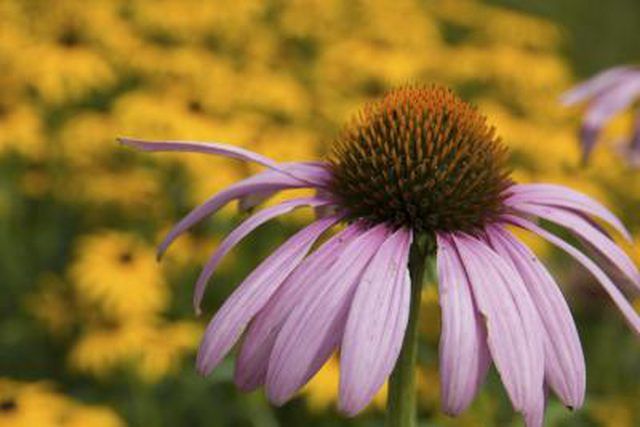Bulbs
Flower Basics
Flower Beds & Specialty Gardens
Flower Garden
Garden Furniture
Garden Gnomes
Garden Seeds
Garden Sheds
Garden Statues
Garden Tools & Supplies
Gardening Basics
Green & Organic
Groundcovers & Vines
Growing Annuals
Growing Basil
Growing Beans
Growing Berries
Growing Blueberries
Growing Cactus
Growing Corn
Growing Cotton
Growing Edibles
Growing Flowers
Growing Garlic
Growing Grapes
Growing Grass
Growing Herbs
Growing Jasmine
Growing Mint
Growing Mushrooms
Orchids
Growing Peanuts
Growing Perennials
Growing Plants
Growing Rosemary
Growing Roses
Growing Strawberries
Growing Sunflowers
Growing Thyme
Growing Tomatoes
Growing Tulips
Growing Vegetables
Herb Basics
Herb Garden
Indoor Growing
Landscaping Basics
Landscaping Patios
Landscaping Plants
Landscaping Shrubs
Landscaping Trees
Landscaping Walks & Pathways
Lawn Basics
Lawn Maintenance
Lawn Mowers
Lawn Ornaments
Lawn Planting
Lawn Tools
Outdoor Growing
Overall Landscape Planning
Pests, Weeds & Problems
Plant Basics
Rock Garden
Rose Garden
Shrubs
Soil
Specialty Gardens
Trees
Vegetable Garden
Yard Maintenance
How to Landscape a Drainage Swale
How to Landscape a Drainage Swale. A drainage swale or dry swale is a ditch that is built into and aligned with the contours of a slope. Designed to catch, slow and direct water runoff from a higher elevation, a swale can be used to augment or replace a traditional storm drain. Plants chosen for a swale should be hardy and adaptable to both...

A drainage swale or dry swale is a ditch that is built into and aligned with the contours of a slope. Designed to catch, slow and direct water runoff from a higher elevation, a swale can be used to augment or replace a traditional storm drain. Plants chosen for a swale should be hardy and adaptable to both extremely wet and dry conditions. A drainage swale can be planted with a combination of herbaceous perennials, shrubs and even small trees.
Prairie Perennials
One class of plants that works well in drainage swales is prairie perennials. Members of the Daisy (Asteraceae) family, prairie perennials are deep-rooted and able to survive the periodic drenching that accompanies rushes of water runoff, as well as drought. Among these plants is purple coneflower (Echinacea purpurea), which is hardy in U.S. Department of Agriculture plant hardiness zones 3 through 8 and is a summer bloomer with large, purple-pink flowers. Another prairie perennial is sneezeweed (Helenium autumnale), also hardy in USDA zones 3 through 8. It flowers in late summer, tolerates wet soil well and attracts butterflies and other pollinators.
Native Iris
Some varieties of native iris are also well-suited to swale landscapes. Native to the southern United States, copper iris (Iris fulva) is hardy in USDA zones 5 through 9. In its native habitat, the 2- to 3-foot-tall, beardless plant thrives in areas that are flooded in spring and dry as the growing season progresses, similar to conditions often found in swales. Siberian iris (Iris siberica) is another beardless variety that thrives in similar conditions. Hardy in USDA zones 3 through 8, Siberian iris cultivars usually bloom in late spring.
Shrubs and Trees
Deciduous winterberry holly (Ilex verticillata), hardy in USDA zones 3 through 9, is a native shrub that can add winter interest to a swale. Growing 3 to 12 feet tall, it produces showy red berries that persist through winter. Include at least one male winterberry variety in the planting scheme to pollinate berry-producing female winterberries. A large swale also could be home to a native tree such as American hornbeam (Carpinus caroliniana), which occurs naturally in swalelike ravine bottoms. Hardy in USDA zones 3 through 9, the tree features spring catkins and brightly colored fall foliage.
Swale Considerations
Like any planted environment, a swale requires attention and maintenance. Young, newly planted specimens in your swale probably will require supplemental water, especially when the swale is dry for more than a few days. Keep weeds in check, using manual means if possible. Damaged plants should be cut back after the damage occurs and spent plants pruned at the growing season's end. Thin or divide clumps of perennials periodically to avoid crowding, reduced flower production and a proliferation of roots that may create drainage problems in the swale by slowing water absorption too much.